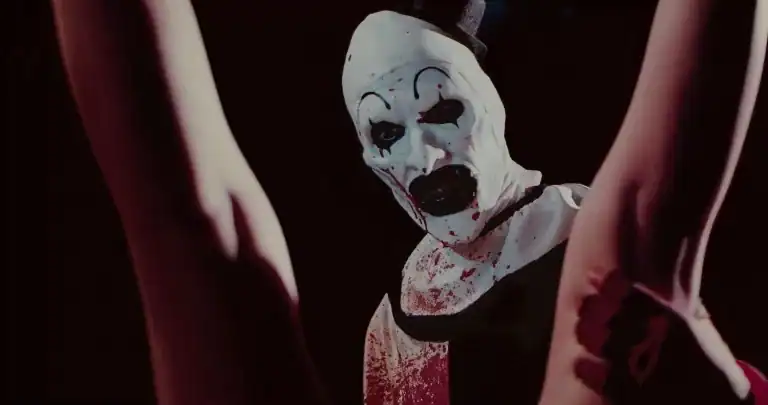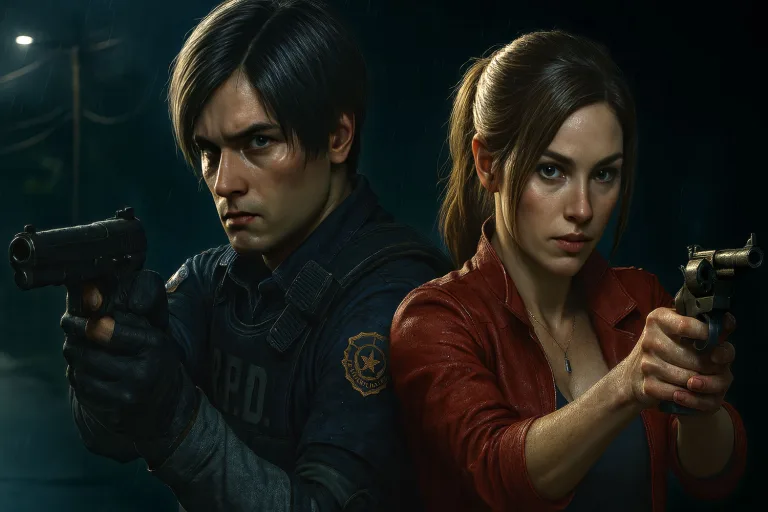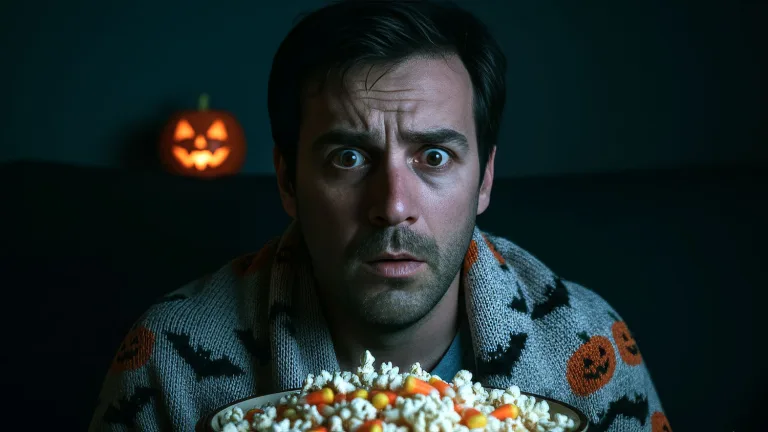
KPop Demon Hunters made history in two spectacular ways: it became Netflix’s most-viewed film ever, and its theatrical sing-along event earned nearly $20 million at the box office—blurring the line between streaming and cinema. The numbers alone are striking, but the story of how this animated K-pop adventure captured audiences is even more surprising.
How the Film Climbed to No. 1 on Netflix
Released June 20, 2025, this animated original wasn’t riding on a sequel’s tail or franchise hype—it was pure creative risk, a bold fusion of K-pop energy and supernatural myth. Audiences responded: with 236 million views, it overtook Red Notice as Netflix’s top-performing film. The movie’s mix of glossy idol aesthetics and mythic storytelling clicked in ways few expected, and it turned into a word-of-mouth powerhouse.
For a closer look at why its characters, themes, and music resonated, we broke it down in our spoiler-free review of KPop Demon Hunters. That piece explores how Huntr/x went from fictional idol trio to global streaming phenomenon.
From Couch to Cinema: The Sing-Along That Made Box Office History
The Netflix Record That Changed the Game
Streaming dominance was one part of the story. The soundtrack sealed the deal. Huntr/x’s “Golden” hit No. 1 on Billboard, and the film placed four songs in the Billboard Hot 100’s top 10—a rare feat. The music wasn’t just background; it became a cultural soundtrack that fueled its meteoric rise.
A Theatrical Experiment That Paid Off
On August 23–24, Netflix rolled out a sing-along version into 1,700 North American theaters, netting $18–20 million over the weekend—Netflix’s first-ever No. 1 box office film. For a movie already available to stream worldwide, those numbers were a shock to the industry.
We covered the energy inside theaters in our full report on the sing-along release. Fans came in costume, waved glow sticks, and turned screenings into participatory events that looked more like concerts than cinema.
Fans Turned Theaters Into Concert Halls
Theaters across the globe erupted. Families, teens, cosplayers—everyone joined in. Fans in New York and Los Angeles lined up hours early; screenings in Seoul became fan club meetups; audiences in London and Sydney sang in unison as if attending a stadium show. Social platforms flooded with videos of spontaneous dance-offs and chorus battles.
Why Hollywood Is Paying Attention
Netflix typically avoids theatrical releases, limiting them to awards-eligible runs like Roma or prestige windows like Glass Onion. Those films earned acclaim but modest grosses. KPop Demon Hunters is different. It demonstrated that a streaming-first title can dominate online and still generate tens of millions at the box office when framed as an event. That hybrid success has studio executives rethinking how fandom translates into ticket sales.
FAQ
Q: What Netflix Original did KPop Demon Hunters surpass to become the most-watched?
A: It overtook Red Notice, which previously led in hours watched.
Q: How much did the theatrical sing-along make?
A: It earned between $18 million and $20 million across 1,700 theaters in its opening weekend, landing Netflix its first box office No. 1.
Q: Is it the most-watched animated Netflix film—or the most-watched overall?
A: Both. It’s the most-viewed Netflix Original film of all time, animated or otherwise.
Q: Is a sequel in development?
A: Hints are everywhere—from spin-offs to musicals—but nothing’s officially announced yet.
The Bigger Picture
KPop Demon Hunters did more than break records—it redefined them. An original animated musical dominated streaming and theaters in the same summer. The meaningful answer is this: audiences are eager for original, participatory experiences that merge digital fandom with real-world energy. For Hollywood, that could be the model of what success looks like in the years ahead.



